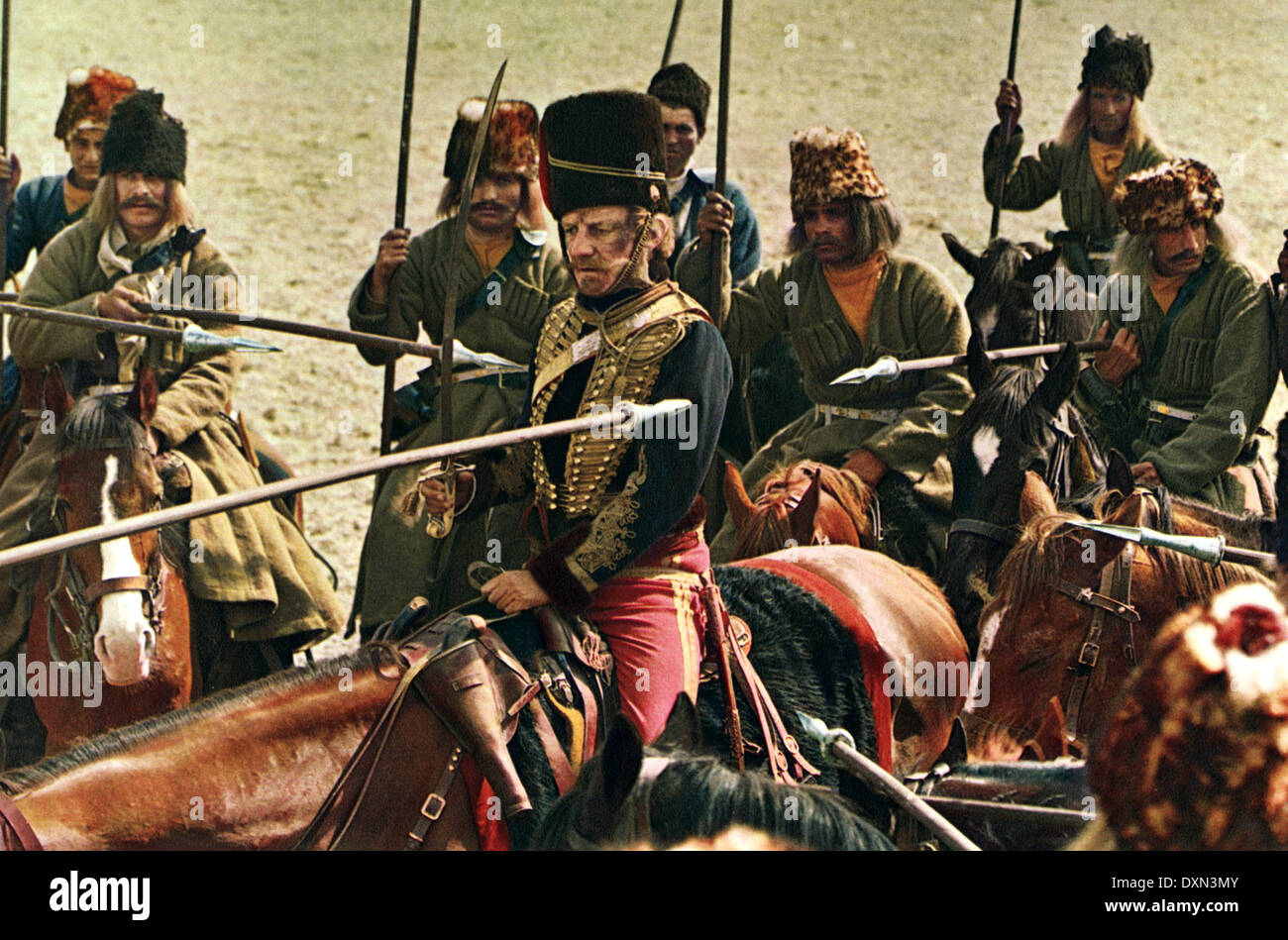

Speaking of death, you might also like to notice the dead rhymes where a word is rhymed with itself, creating a relentless and deadening effect. This metre (one strong beat, followed by two weaker beats) is called a dactylic rhythm-remember it, as I do, by imagining ptero dactyls over the valley of death. You may also be struck with the rhythm of the poem, which seems to imitate the beat of hooves of a galloping horse.

He is very fond of alliteration and assonance, and this is something that you should notice. When you're thinking about the poem, try and concentrate on some of the amazing sound effects that Tennyson creates. The above video gives you a sense of what the context of the charge was, and also has some interesting quotations from survivors of the battle.
READ THE PASSAGE FROM THE CHARGE OF THE LIGHT BRIGADE FREE
The use of free indirect speech here (we can hear the peoples' thoughts without 'they said') suggests perhaps the use of 'all the world wondered' at the start of the poem. We could scarcely believe the evidence of our senses! Surely that handful of men are not going to charge an army in position? Alas! it was but too true - their desperate valour knew no bounds They swept proudly past, glittering in the morning sun in all the pride and splendour of war. Consier this passage from near the beginning, for instance: It was partly the reporting by William Howard Russell that made the charge sound as though it was a victory, or at least as though the men involved in it were noble rather than suicidal-many of the words and phrases that he uses are picked up by Tennyson, and used in the poem. The note of puzzlement in this passage will be picked up and repeated. There are different accounts as to why it was such a disaster-who planned it-involving isseus such as lack of communication, simple failure to realise the range of the guns, or simple mismanagement or hubris on the part of the generals. The manner in which Tennyson reads The Charge of the Light Brigade is a.

Amazingly, they did actually manage to attack the gunners when they got there, but in realistic terms the action was a disaster. They galloped down a blind valley, with heavy artillery on the left and right of them, towards an emplacement of guns. When you consider what they were actually doing, it seems more amazing that any of them survived. The 600 troops of the brigade followed ambiguous orders to charge a heavily defended. The poem, written in Tennyson’s capacity as poet laureate, commemorates the heroism of a brigade of British soldiers at the Battle of Balaklava (1854) in the Crimean War. It took place during the Crimean war, in what is now the Ukraine, near the town of Balaclava (and yes, that is where the name comes from-very practical headgear for those cold Russian winters!) As Tennyson says in his poem, over 600 men were involved, and nearly 250 of them were killed or severely wounded. The Charge of the Light Brigade, poem by Alfred, Lord Tennyson, published in 1855. The poem originated when Tennyson read an account of the battle in The Times newspaper, published on November 14th 1854.


 0 kommentar(er)
0 kommentar(er)
